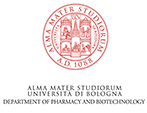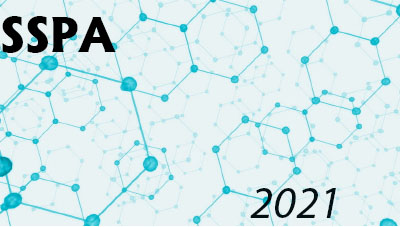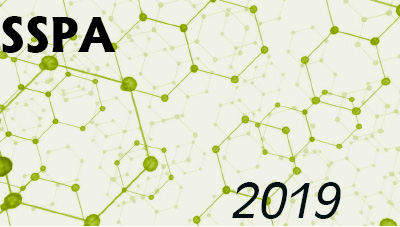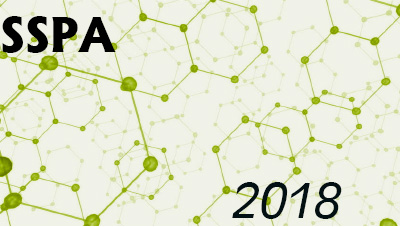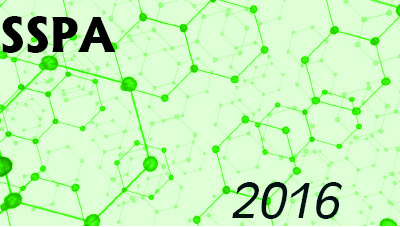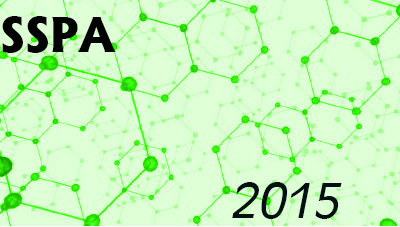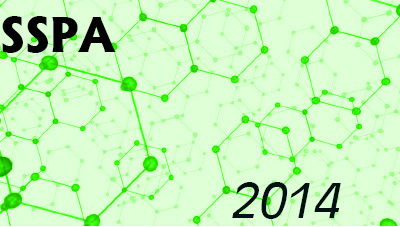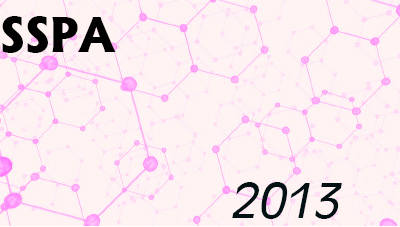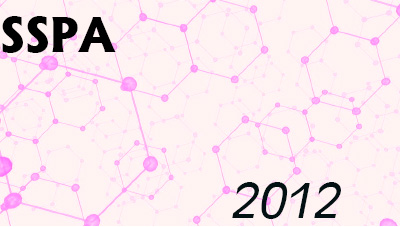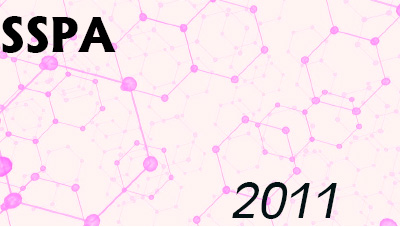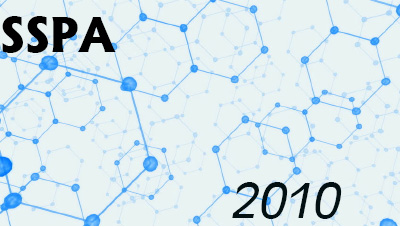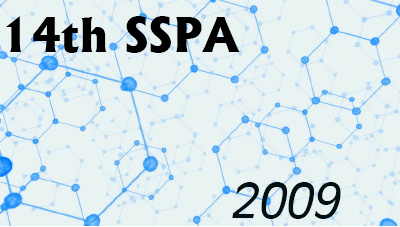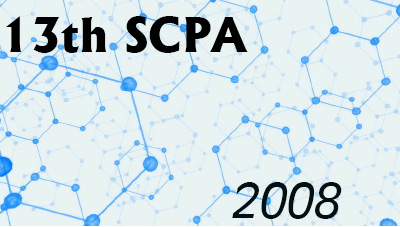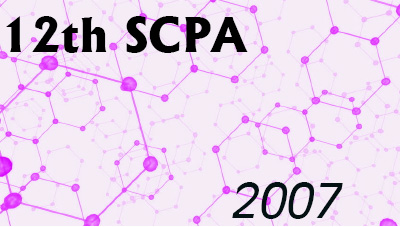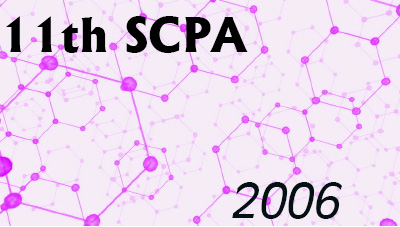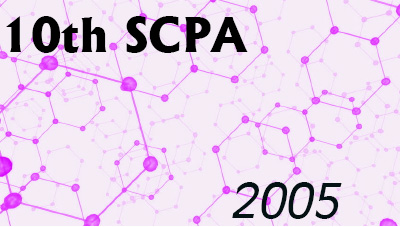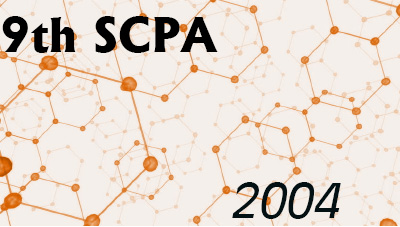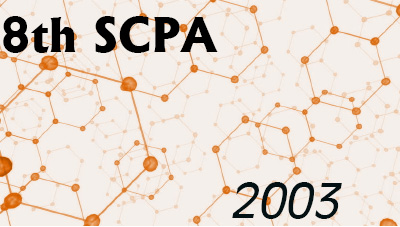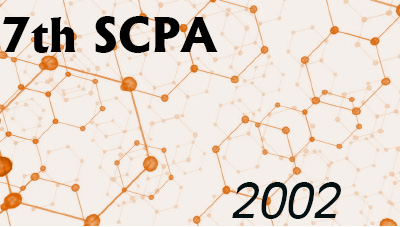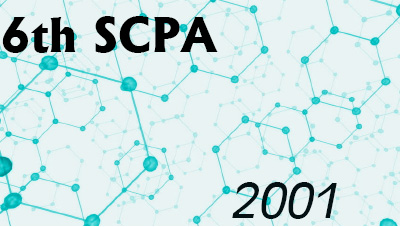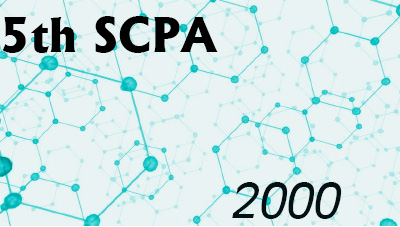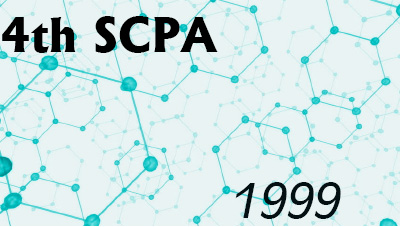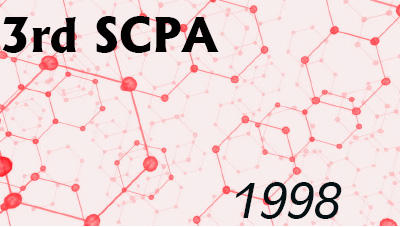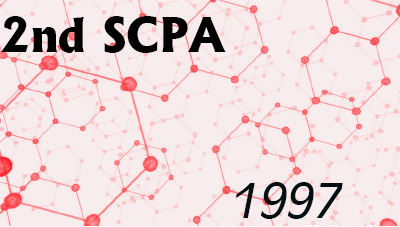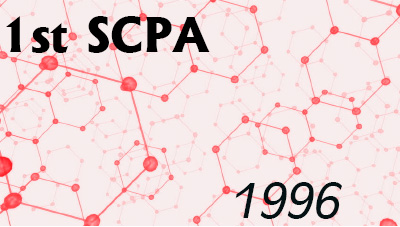Introduction
Cannabis sativa L. is an herbaceous plant belonging to the Cannabaceae family. Nowadays there is plenty of literature on this plant, which is well-known for both its bioactivity and social implications [1]. Non-psychoactive or fibre-type C. sativa, commonly known as hemp, differs from medicinal and recreational chemotypes for its cannabinoids profile. Indeed, hemp is a rich source of non-psychoactive cannabinoids, contrary to medicinal and recreational Cannabis varieties, which are characterized by a remarkable high content of the psychoactive compound Δ9-tetrahydrocannabinol (Δ9-THC), together with its acidic precursor Δ9-tetrahydrocannabinolic acid (Δ9-THCA) [1-2]. In general, the main cannabinoids present in hemp inflorescences are cannabidiolic acid (CBDA) and its decarboxylated form, namely cannabidiol (CBD), but other cannabinoids can be also found, including cannabigerolic acid (CBGA), cannabigerol (CBG), cannabichromenic acid (CBCA) and cannabichromene (CBC) [2]. Scientific studies devoted to unraveling the biological potential of hemp and non-psychoactive cannabinoids have recently increased in number [3-6]. The growing interest in both the pharmacological activities and toxicity of cannabinoids together with a still unclear legislation regarding the use of non-psychoactive C. sativa for pharmaceutical and nutraceutical purposes, triggered the race at the development of highly efficient and reliable analytical methods for its characterization in many different matrices [7]. The most frequently analyzed sample is represented by hemp raw plant material, and in particular its inflorescences, to have a full profile of the plant metabolome and to monitor the content of bioactive compounds in the perspective of a suitable standardization of derived extracts [8-10].
Among analytical techniques, high-performance liquid chromatography (HPLC) coupled with diode-array detection (UV/DAD) and/or mass spectrometry detection (MS) is the most exploited one for the analysis of cannabinoids [9-11].
In addition to cannabinoids, terpenes, which are the constituent of hemp essential oil, contribute to the aroma of various hemp genotypes, and so far, around 140 different terpenes have been reported in hemp. The main compounds belong to the class of monoterpenes (i.e., a-pinene and β-myrcene) and sesquiterpenes (β-caryophyllene) [3,12]. In this case, the technique of choice for the quali - and quantitative analysis is gas chromatography (GC), coupled with a flame ionization detector (FID) and/or mass spectrometry (MS). C. sativa terpenes have been less studied than the cannabinoids, and the potential interaction between these two classes of compounds has barely been studied at all. The hypothesized interactions between various cannabinoids and terpenes to produce unique outcomes is known as the entourage effect [13]. If terpenes modulate cannabinoids, then it might be possible to identify terpenes that maximize the therapeutic efficacy of cannabinoids while reducing unwanted side effects.
In the light of all the above, this PhD project was focused on the development of new methods for the preparation and chemical characterization of non-psychoactive C. sativa extracts and on the evaluation of their bioactivity both in vitro and in vivo.
In particular, the first part of the PhD program was aimed at the assessment of the antiproliferative activity of hemp extracts on different cancer cell lines and at the investigation of the mechanism of cell death mediated by both the extracts and pure compounds.
In the second part of the project, olive oil extracts from a non-psychoactive C. sativa variety having a high content of CBD were prepared and fully characterized to be tested against chronic pathologies of the central nervous system (CNS), focusing on in vivo models of neuropathic pain and epilepsy. In this case, the role of the volatile components and the synergism with cannabinoids was investigated.
Finally, an analytical section was developed with a new and highly efficient HPLC method optimized here for the first time for the simultaneous separation of 14 cannabinoids.
Extraction and chemical characterization of non-psychoactive C. sativa extracts for in vitro studies
This first project was focused on the investigation of the possible role of non-psychoactive C. sativa extracts as antiproliferative agents. For the in vitro assays, raw and decarboxylated ethanolic extracts were prepared starting from three fibre-type C. sativa varieties having a different phytochemical composition, a CBD-type, a CBG-type and a hybrid-type.
First, it was necessary to fully characterize the extracts by means of ultra high-performance liquid chromatography coupled with high-resolution mass spectrometry (UHPLC-HRMS). To do this, an inclusion list of more than 200 compounds based on the chemical structures previously described in the literature was built and a target metabolomic analysis was performed in this way. This technique allowed us to identify minor compounds present in the extracts and to have a complete profiling of cannabinoids. Then, HPLC-UV was used to quantify the major cannabinoids in the extracts.
Cell lines of different embryological origin were then selected for the cell viability assays: the K562 human chronic myelogenous leukemia cell line, the HT29 human colorectal adenocarcinoma cell line and the U87MG human glioblastoma cell line.
The decarboxylated CBD-type extract was the most active one in inhibiting cell proliferation and the K562 cell line was the most responsive to this treatment, with an IC50 value of 11 µg/mL. In addition, the extract showed a lower IC50 value compared to pure CBD.
K562 cells were used for the detailed investigation of the mechanism of cell death mediated by the CBD-rich extract. The cytofluorimetric analysis of K562 treated cells revealed that the antiproliferative effect was due to the induction of apoptosis, as shown by an increase of cell population annexin V positive. The expression and activity of the main apoptosis-related proteins was investigated through western blot, and it was proved that the mechanism of cell death did not involve the main pro- and anti-apoptotic markers, such as p53, Bcl-2 and Bcl-xl. The extract was able to increase the cytoplasmic levels of cytochrome c. Moreover, caspase 3 and 7 seemed to be involved in the mechanism of apoptosis.
To conclude, CBD can be involved in the antiproliferative activity of the CBD-rich extract even if the role of other minor compounds cannot be excluded now. The mechanism of action is still under investigation using both in silico and proteomic analysis, in collaboration with Prof. Maria Chiara Monti of the University of Salerno.
Extraction and chemical characterization of non-psychoactive C. sativa extracts for in vivo studies
This second project was focused on the investigation of the possible role of non-psychoactive C. sativa extracts against CNS chronic diseases. For the in vivo assays, the choice of the solvent used for the extraction was crucial since it needed to be suitable for oral administration by gavage. Olive oil was chosen as the extraction solvent and non-psychoactive C. sativa olive oil extracts were prepared and tested in animal models of peripheral neuropathy and epilepsy. Two olive oil extracts were prepared starting from a decarboxylated CBD-type hemp variety, including one extract rich in cannabinoids (K1) and one having a high content of both cannabinoids and terpenes (K2). Concerning the chemical characterization of the above-mentioned extracts, HPLC-HRMS and HPLC-UV were used for the qualitative and quantitative analysis of cannabinoids. The volatile component of the extracts was fully characterized and quantitated by means of a new method based on GC-MS. Terpenes were identified according to their MS spectra, based on the full-scan GC-MS data, and the most representative compounds were quantified in the selected ion monitoring (SIM) mode, using a method developed for the first time in this work.
Concerning the in vivo model of neuropathy, the anti-hyperalgesic effect of the oils after oral administration was assessed by measuring mechanical and thermal allodynia in the spare nerve injury (SNI) model, in collaboration with Prof. Nicoletta Galeotti of the University of Florence. The mechanism of action was investigated using the spinal cords samples. Oral administration of the extract K2 at 25 mg kg-1 ameliorated mechanical and thermal allodynia in SNI mice, with a rapid and a long-lasting effect, without inducing an alteration of locomotor activity, with an efficacy higher than K1. The extract reduced p-ERK, p-p38 and p-JNK1 protein levels compared to the untreated mice and downregulated protein expression of neuroinflammatory factors (HDAC-1, p-65, NOS2). These effects were reverted by the administration of a CB2 antagonist (AM630), but not by the CB1 antagonist (AM251), suggesting microglial CB2 modulation as a key regulator for the analgesic effect.
These results suggested that oral K2 administration attenuated SNI-induced neuropathic pain symptoms by reducing spinal neuroinflammation. These data strongly underline the key role of the synergism between cannabinoids and terpenes for the management of neuropathy related symptoms.
Moving to the in vivo model of epilepsy, the same extracts K1 and K2 were tested in the 6-Hz corneal stimulation murine model to evaluate the antiepileptic activity of the oils compared to pure CBD [14]. This was conducted in collaboration with Prof. Giuseppe Biagini of the University of Modena and Reggio Emilia. Hemp oils were administered 1 h before the 6-Hz corneal stimulation test (44 mA). Mice were stimulated once a day for 5 days and evaluated by video-electrocorticographic recordings and behavioral analysis. Neuronal activation was assessed by FosB/?FosB immunoreactivity. Both oils significantly reduced the percentage of mice experiencing convulsive seizures compared to control but only the oil enriched with terpenes significantly accelerated full recovery from the seizure. The crucial role of the volatile component of K2 in the overall activity of the extract, together with the presence of CBD, could be supported by the fact that CBD alone, at a low dose, seemed not to be effective. The results obtained on the 6-Hz corneal stimulation model suggested a role of terpenic components in enhancing the antiepileptic activity of cannabinoids in K2 oil, compared to K1 and pure CBD, even if other minor compounds in the extracts can contribute to the overall activity.
To deeper investigate the possible synergism of CBD and β-caryophyllene (BCP), which are the two main compounds among cannabinoids and terpenes, respectively, an in silico structure-based approach was performed on CB2 receptors, where BCP acts as a full agonist, while CBD seems to be a partial agonist [15,16]. This study was performed in collaboration with Prof. Fabrizio Manetti of the University of Siena. CBD and BCP were simultaneously docked into the binding site of CB2 (PDBID: 5zty), using AutoDock Vina 1.2.0. CBD was predicted to bind close to the binding site entrance, while BCP was docked deeper into the binding site. Together, CBD and BCP were able to resemble the experimental binding mode of the reference ligand and the interactions with the binding site residues better than CBD or BCP alone, which could explain the higher activity of K2 compared to K1. In vitro binding and functional assays are currently ongoing to validate the in silico results.
Development of a new HPLC method for the separation of cannabinoids using DoE
As for the analytical section of this project, the work was addressed at the development of an innovative HPLC method for the simultaneous separation of cannabinoids using the Design of Experiments (DoE), in collaboration with Dr. Caterina Durante of the University of Modena and Reggio Emilia. The aim of the work was to develop a simple, rapid and reliable reverse-phase HPLC method for the separation of 14 cannabinoids, which were carefully selected in order to represent the main compounds found in C. sativa.
A face-centered central composite design (FCCD) was applied for the design of the experimental tests, systematically considering the different chromatographic parameters affecting resolution and their range of variability. To study how the investigated variables affected the resolution of the chromatographic peaks, a major component analysis (PCA) was carried out. Then, a multilinear regression was used to develop a mathematical model capable of identifying the most influential parameters.
The developed method allowed the separation of 13 out of 14 cannabinoids. Since the separation of CBG and cannabinerol (CBNe), which are geometric isomers, was not obtained under the applied conditions, HPLC coupled with a triple-quadrupole mass analyzer was used, monitoring the specific transitions of each compound in the multiple reaction monitoring (MRM) mode. In this way it was possible to discriminate between the co-eluted compounds.
Finally, the method was applied to C. sativa extracts having a different cannabinoid profile from recreational-type, drug-type and fibre-type varieties to demonstrate the real applicability of the optimized conditions.
Conclusions
As an overall conclusion, during this PhD project the potential of C. sativa as a source of bioactive compounds was assessed, with particular attention to development of efficient analytical methods for the chemical characterization of extracts.
A CBD-rich extract showed antiproliferative activity in an in vitro model of chronic myelogenous leukemia and the results revealed an induction of the apoptotic process. Even if further work is necessary to elucidate the mechanism/s of action involved in the activity of this hemp extract, the research strongly supported the CBD-rich extract and, therefore, its main component CBD as a possible candidate for future therapy of myeloproliferative diseases either alone or in association with other anticancer drugs.
Concerning the in vivo studies, the results suggested that cannabinoids and terpenes may act synergistically to enhance the bioactivity of the phytocomplex against neuropathic pain and epilepsy. Future work in this ambit should be focused on the assessment of the bioactivity of K2 oil, as well as its main compounds such as CBD and β-caryophyllene, using additional in vivo models.
The crucial role of HPLC and GC methods, specifically developed in this study for a complete and reliable analysis of cannabinoids and terpenes, highlights the importance of pharmaceutical analysis to ensure the quality of the samples to be used in the biological assays as well as the reproducibility of the results, in the concrete perspective of a translational clinical field.
References
[1] Aliferis K.A., Bernard-Perron D. Front. Plant. Sci. 2020, 11: 554.
[2] Bonini S.A., Premoli M., Tambaro S., Kumar A., Maccarinelli G., Memo M., Mastinu A. J. Ethnopharmacol. 2018, 227: 300-315.
[3] Iseppi R., Brighenti V., Licata M., Lambertini A., Sabia C., Messi P., Pellati F., Benvenuti S. Molecules, 2019, 24: 2302.
[4] Pellati F., Borgonetti V., Brighenti V., Biagi M., Benvenuti S., Corsi L. Biomed. Res. Int. 2018, 2018: 1691428.
[5] Atalay S., Jarocka-Karpowicz I., Skrzydlewskas E. Antioxidants. 2020, 9: 21.
[6] Anceschi L., Codeluppi A., Brighenti V., Tassinari R., Taglioli V., Marchetti L., Roncati L., Alessandrini A., Corsi L., Pellati F. Phytotherapy Res. 2022, 36: 914-927.
[7] Brighenti V., Protti M., Anceschi L., Zanardi C., Mercolini L., Pellati F. J. Pharm. Biomed. Analysis. 2021, 192: 113633.
[8] Citti C., Russo F., Sgro S., Gallo A., Zanotto A., Forni F., Vandelli M.A., Lagana A., Montone C.M., Gigli G., Cannazza G. Anal. Bioanal. Chem. 2020, 412: 4009-4022.
[9] Ternelli M., Brighenti V., Anceschi L., Poto M., Bertelli D., Licata M., Pellati F. J. Pharma. Biomed. Analysis. 2020, 186: 113296.
[10] Brighenti V., Marchetti L., Anceschi L., Protti M., Verri P., Pollastro F., Mercolini L., Bertelli D., Zanardi C., Pellati F. J. Pharma. Biomed. Analysis. 2021, 206: 114346.
[11] Protti M., Brighenti V., Battaglia M.R., Anceschi L., Pellati F., Mercolini L. ACS Med. Chem. Lett. 2019, 10: 539-544.
[12] Fiorini D., Scortichini S., Bonacucina G., Greco N.G., Mazzara E., Petrelli R., Torresi J., Maggi F., Crespi M. Ind. Crops. Prod. 2020, 154: 112688.
[13] Anand U., Pacchetti B., Anand P., Sodergren M.H. Pain Manag. 2021, 11: 395-403.
[14] Costa A.M., Senn L., Anceschi L., Brighenti V., Pellati F., Biagini G. Pharmaceuticals. 2021, 14: 1259.
[15] Gertsch J., Leonti M., Raduner F., Zimmer A. PNAS. 2008, 105: 9099-9104.
[16] Tham M., Ylmaz O., Alaverdashvili M., Kelly M., Denovan-Wright E.M., Laprairie R.B. Br. J. Pharmacol. 2019, 176: 1455-146
 Abstract
Abstract
 Abstract
Abstract
 Abstract
Abstract
 Abstract
Abstract
 Abstract
Abstract
 Coffee break
Coffee break Abstract
Abstract
 Abstract
Abstract
 Coffee break
Coffee break Abstract
Abstract
 Abstract
Abstract
 Abstract
Abstract
 Coffee break
Coffee break Abstract
Abstract



 Chiara Rospo
Chiara Rospo






















